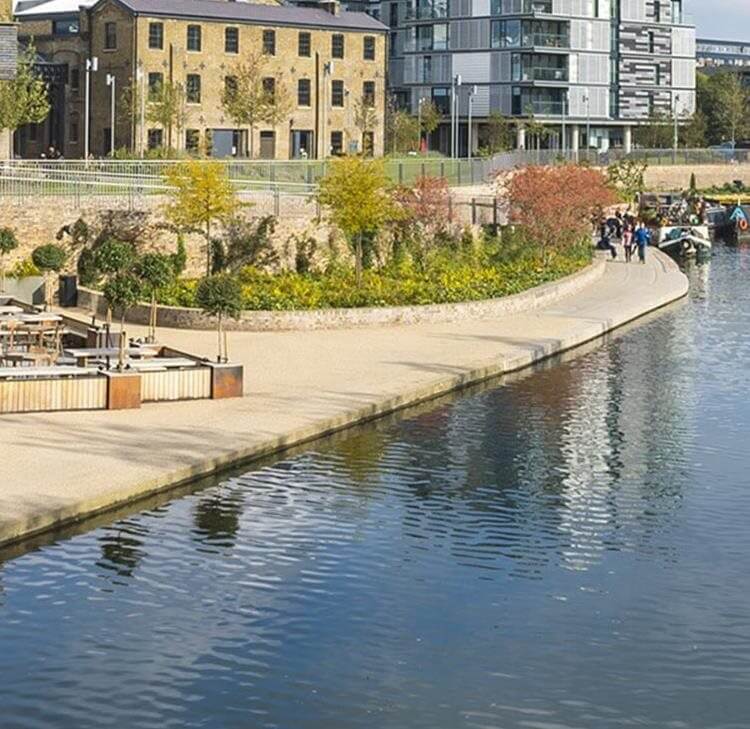Insolvency applicants: getting the basics right
A number of interesting developments have emerged from what was quite a run-of-the-mill insolvency application brought by a litigation funder assignee.
A number of interesting developments have emerged from what was quite a run-of-the-mill insolvency application brought by a litigation funder assignee (Manolete Partners Plc v Hayward and Barrett Holdings Ltd [2021] EWHC 1481 (Ch)).
Firstly, a claim seeking a remedy pursuant to section 423 IA86 (transaction defrauding creditors) is not an insolvency proceeding. Only applications made under Parts I to XI can be brought by insolvency application. Despite the trend to include section 423 in insolvency applications, Chief Insolvency and Companies Court Judge Briggs reluctantly concluded that there is no established practice that can be relied upon to override the rules governing how proceedings should be commenced.
Secondly, the assignee had no standing to make a claim pursuant to section 212(3) IA86 (misfeasance). It was not a creditor or contributory and the office of liquidator cannot be assigned or sold.
In both cases, a Part 7 claim should have been made and the issue fee paid. In this case, the proceedings were allowed to continue subject to a condition requiring the applicant to pay the prevailing Part 7 claim court fee.
As a result of this judgment, an office-holder and assignee of claims will be forced to issue claims arising from an insolvency using different procedures, in different lists within the Business and Property Courts, with the risk that without a transfer they will be case managed, at least, by different judges although the claims arise out of the same facts. Whilst this outcome was reached with regret, it represents strict adherence to the rules which future applicants will be expected to follow. Perhaps there is some hope that, having identified these shortcomings, the rules will be amended to streamline these processes.









































